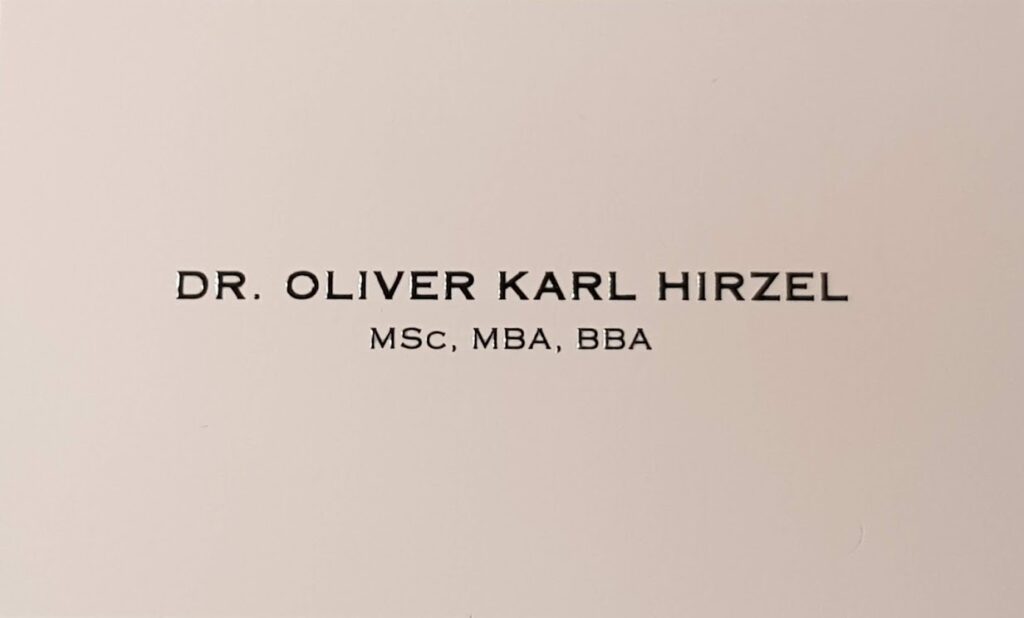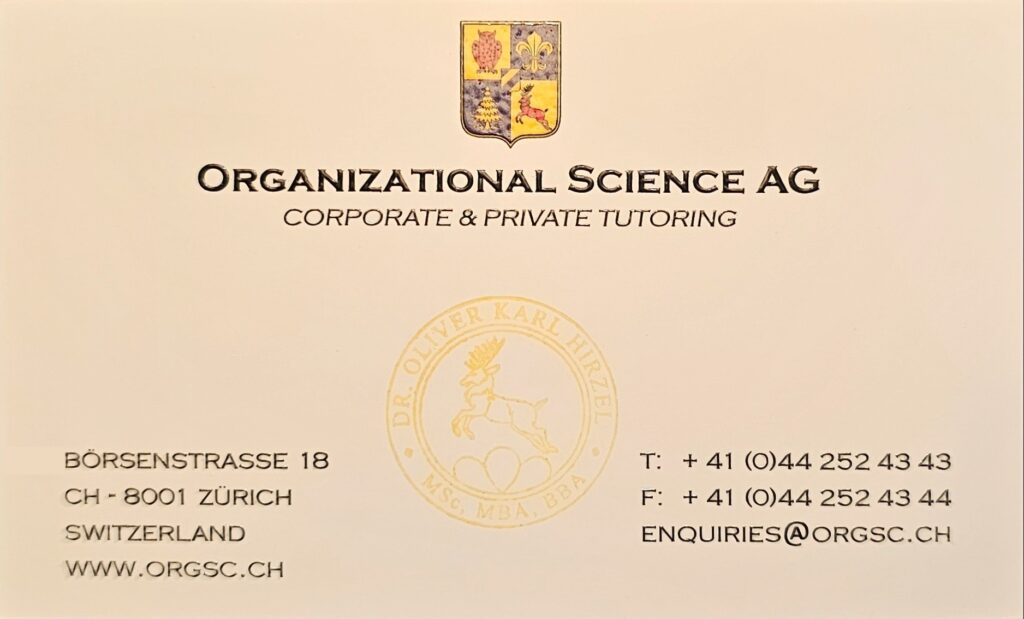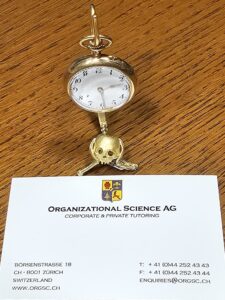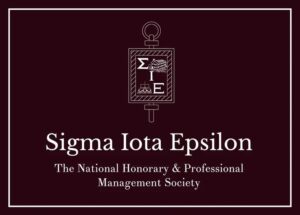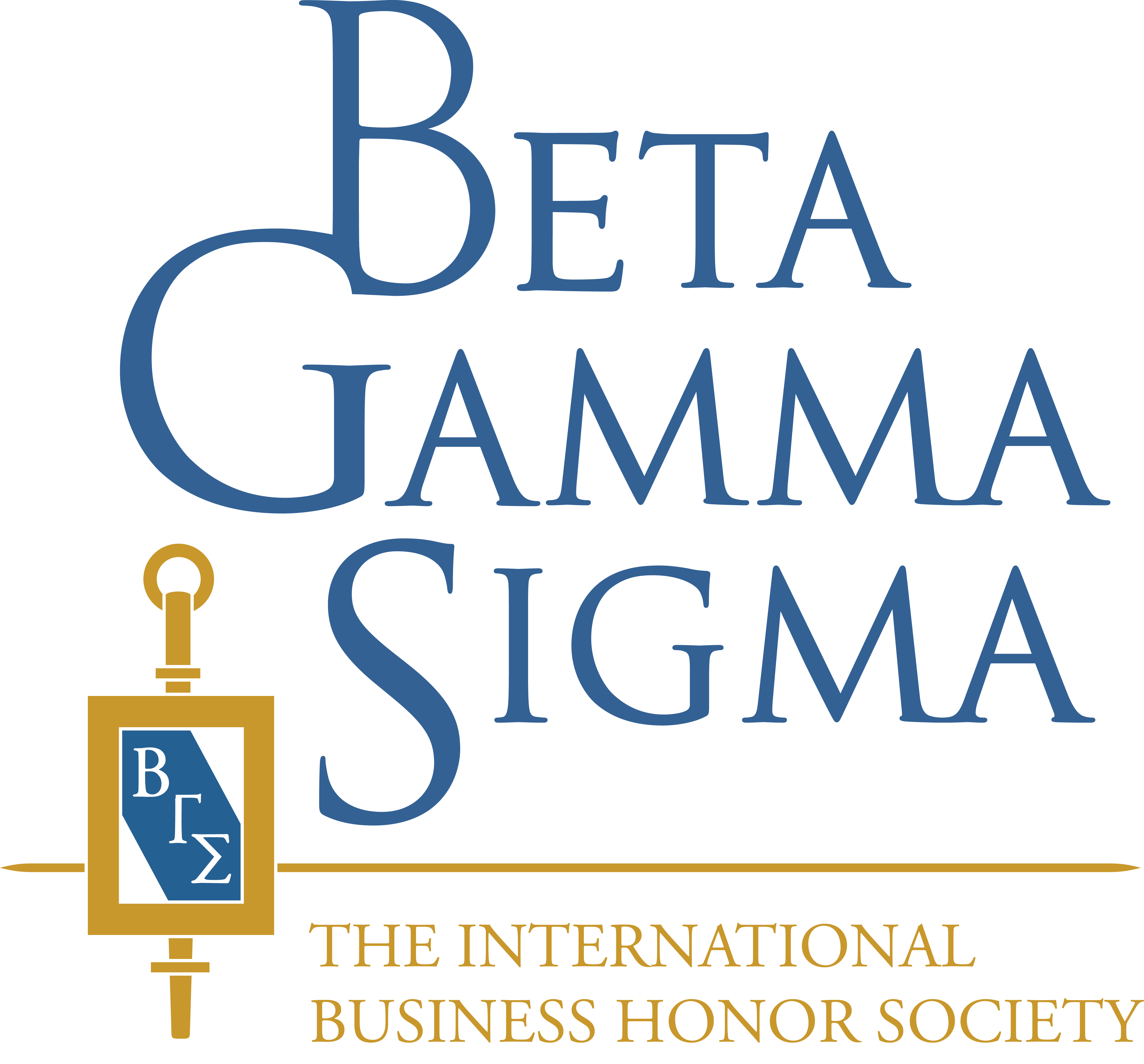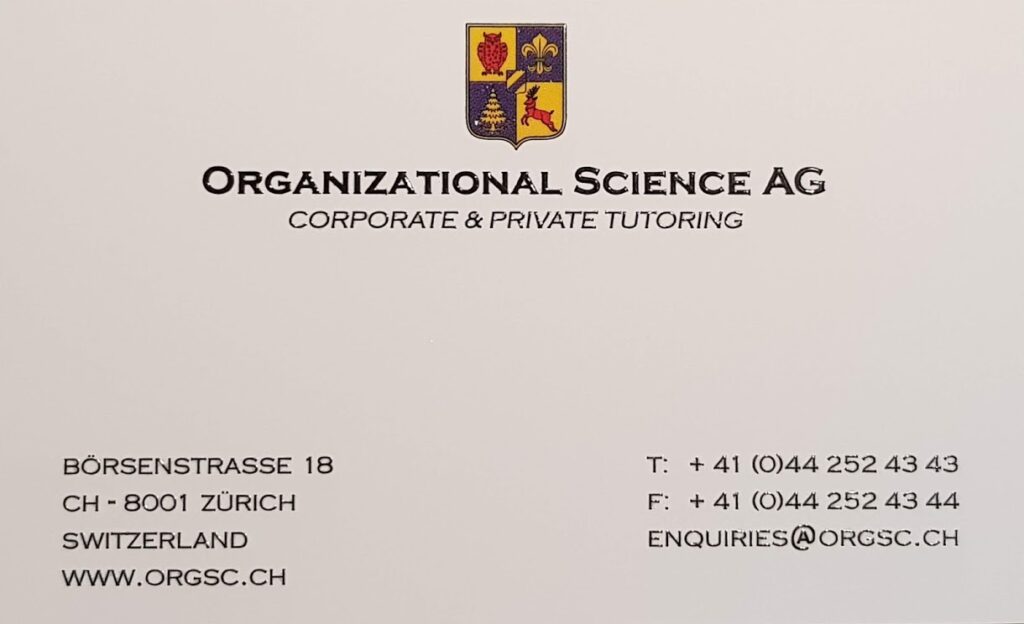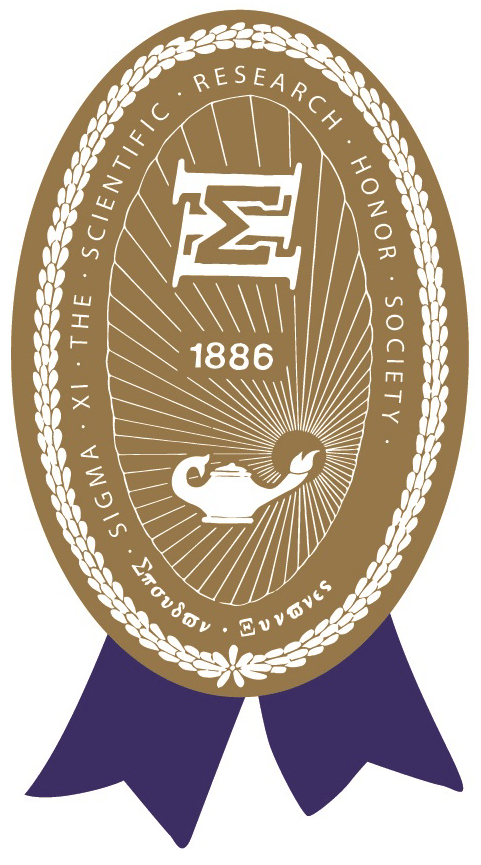Why have you founded Organizational Science AG?
We witnessed through our professional work in the industry, with clients, former colleagues and other stakeholders, implications of organizational restructurings that awoke our interest in the scientific background behind organizational changes, cultures and structures. Having read in excess of 10’000 scientific journal articles and additional other materials about organizational change, cultures and structures, paired with our professional experience, we found that our offer addresses and fills a niche in the vast, overcrowded market that can be decisive for the survival and success of an individual and/or his or her organization. Since we have rendered advice for over 25 years and our professional and scientific work has converged and complemented each other, we have decided to widen our client scope by offering our services to the public by “going public” in that we have founded Organizational Science AG.

We understand tutoring as a scientific term characterizing a one to one interaction between two scholars, like an exchange between a Professor and a Doctoral candidate discussing the work segment at hand within the frame of the whole work.
What is Organizational Science AG about?
It is a Swiss legal entity providing tutorings in the scientific fields of Management, Management and Organization to private and corporate clients. It endeavours by its activities to achieve the following goals: To spread some of the scientific body of knowledge applicable to the industry with the long term goal of benefiting stakeholders to achieve profitability, organizational sustainability and stability.
The founder, Dr. Oliver Hirzel, is a native with an international background and a scientific and professional specialization on the banking sector in the field of Management and Organization.
Why Tutoring and not Coaching?
Coaching on the other hand appears under all sorts of terms like Executive Coaching, Leadership Coach, Change Management Coaching, Banking Coach, Life Coach, Sparring Partner, Consultant and so forth. Likewise, coaching qualifications: when one skim reads curricula of such, one finds that the common denominator is normally a prescribed form of interaction between the coach and the coachee. As far as we understand it, this defines and distinguishes the respective coaching philosophies one from another.
The important distinction of this tutoring, advisory, coaching is the pairing of professional with scientific knowledge relevant to financial services providers as well as to organizations in general, in the form of a private one by one advisory, coaching, tutoring in the frame of a focussed, efficient and confidential conversation.
If you have health problems, you seek the services of a specialized medical professional. If you have professional work topics, you ideally consider a tutor, coach, advisor who is familiar with the industry, its culture and habits and with the relevant scientific backpack to assist you with commitments and goals.
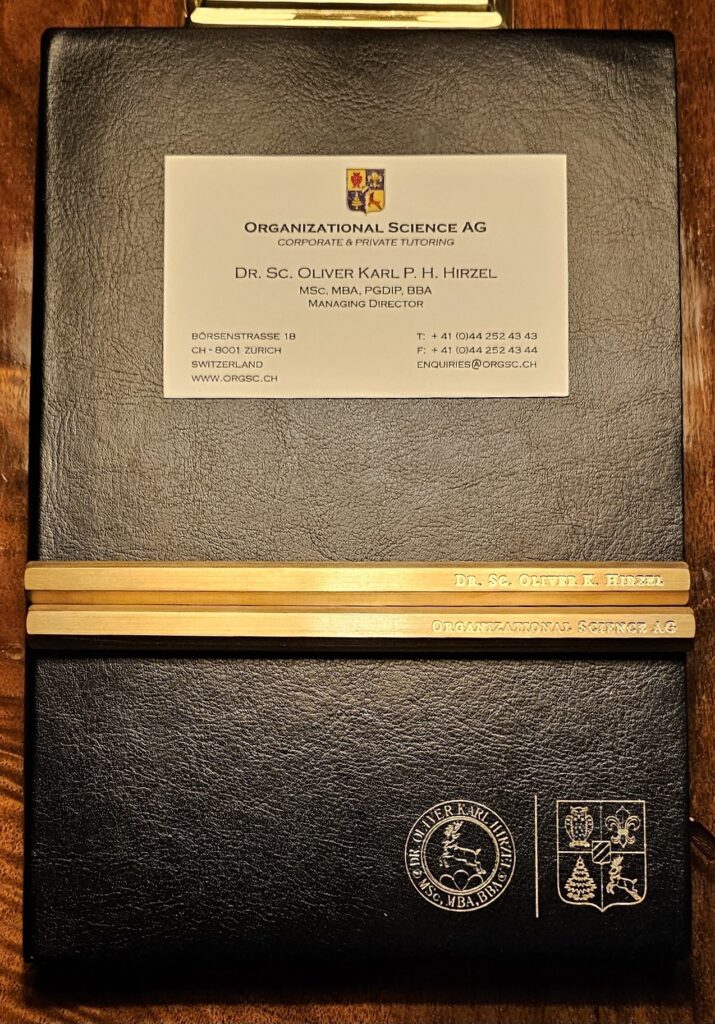
What should I look out for in searching for a suitable coach or advisor?
If the same offer is showing up on different websites, domains, it might not only be confusing, but misleading. Similarly, if the identical provider sails under different flags, names, companies while being the same. Likewise, if the offering is advertised, paid for to be visible. This could imply that the underlying product, services, are considered by Google as not relevant. If Google considers the offering to be relevant, the product provider will be visible without the need to advertise. As a prospective client, Google helps your selection process by allowing you to see what is advertised. It also points out that the same provider appears in your search results multiple times under different names and/or places.

Look out if the offering is portraying a focus, or if it is fuzzy. For instance, it addresses the executive, managerial, leadership level while offering CV and Job search services or classes, esoteric things or occultist practices. Why would executives, managers, or leadership staff with specific work problems need generic advice on topics like work-life balance, mindfulness, maximizing your impact, representation, being recognized, and so forth, and how would that help in solving the specific problem? The moment you exit your office and the latest you’re in the BoD meeting, you’re hopefully recognized. Knowing a concept is one thing; believing it to be applicable to all industries and hierarchical levels seems somewhat questionable in that it starts to sound sectarian.
Why would that target audience be in need of this type of offerings, it seems like a complete disconnect. We recommend staying clear of people engaging in occultist practices and offerings. Such as horoscopes, card readers, fortune-tellers, and worse. In sum, engaging with unsuitable characters and skill sets will likely generate negative utility. So, it might seem better not to engage at all.
We suggest to look out for offerings that are not provided through a legal entity and maybe have a cell number as contact. Interacting with a legal entity provides you with an additional, theoretical, measure of confidentiality obligations, on behalf of the service provider you chose to engage with. In the process we also suggest to opt for the legal entity form with higher capital requirements, since the lower could imply that the minimum is good enough for you but the other way round could be different. We deem privacy and confidentiality as a beneficial thing. Accordingly, we deem any indicators otherwise as unsuitable, such as a group or class setting or client listing. Also, we view relevant industry experience at the same level or from a functional specialism, applicable to your specific problem as helpful. We perceive generic forms to industry specific situations as potentially problematic.
We suggest you stick to relevant industry experience and applicable scientific knowledge. Search for excellence and quality, and you might find it.

Look out for quality indicators in all dimensions, furniture, eyes, facial expression, weird looks. Then, all of these elements should be contrasted in front of the professional experience and education, and those in front of your specific problem portfolio, industry and your hierarchical position.
Should you notice for instance an HR background offering organizational change management, well for exactly these things you should look out for. You can imagine what the outcomes of a conversation with a person of your HR about a product pricing aspect or a regulatory issue in another country would yield to, why would this outcome differ. If it was about the transfers of pension fund contributions related to a headcount reduction, it would be logical. Identifying these elements aids in comprehending that individuals may not have fully appreciated their previous works.
Also, you might notice that texts sound similar. Chances are that those market participants engage in plagiarism. It cannot be attributable to chance that so many terms suddenly appear in each of these web pages. As to why these providers need to resort to stealing other people’s texts, your guess is as good as ours. However, plagiarism is a criminal act. If you are not interested in engaging with criminals, we suggest to look out for this aspect. Tools like time machine document these acts daily.
Does the absence of a pricing table suggest a serious and transparent business conduct, if transparent pricing is not stated clearly or not at all? The best things are always expensive. Without a price indication, it is impossible to compare an offering. An offering that doesn’t portray relevant comparison criteria and sounds similar to other offerings uses likely plagiarism and advertising, offers a fuzzy product, and maybe worse, those things we would be watching out for.
If you look out for these elements, you should be empowered to filter and hopefully end up with a few relevant options instead of associating yourself with potential plagiarizing charlatans.
You want to find an offering that matches your problem set, industry background, and is relevant to your level, both professionally and scientifically. Since this should result in a relevant, time efficient exchange.
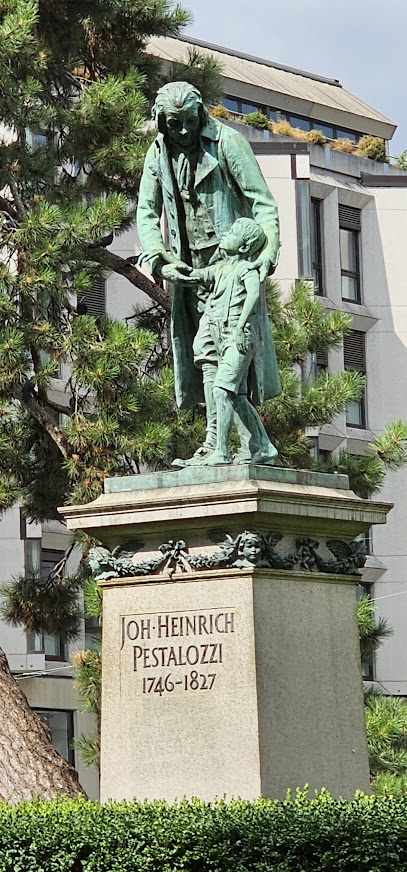
How will Tutoring, Advisory & Coaching work?
Your first visit takes place at our registered domicile at Börsenstrasse 18, CH-8001 Zürich. You will find a doorbell with SATELLITE OFFICE on it. Please head to the 3rd floor, there turn right, and take the first door to your left. Enter and on your right will be the reception. State your name and purpose, and you will be shown into one of the meeting rooms. This will be followed by a meet and greet, filling out together your client profile, KYC, paying cash or with cards and your tutoring session starts in an informed fashion.
The typical sequence is reflection, analysis, options and suggestions within the frame of a conversation. You describe your topic/s, reflection. From then on it will be an in-depth exchange of Q&A, analysis of the topic/s. The analysis will then be paired with options, applicable to the topic/s some you deem suitable others not. Next follows the refinement of one or more suggestions you deem applicable and problem solving. In the following session, we will consider new elements and examine how the previous findings developed.

Will Tutoring, Advisory & Coaching help with health problems like Burn-Out, Insomnia, Depression etc.?
No. Please seek the services of a specialized medical professional or turn to your GP.
In our time, work life has changed and continues to do so in many dimensions, and these changes have an impact on individuals. The pace and frequency of information and messages still increase in speed and density, spinning the hamster wheel ever faster. It is normal that stressors have sooner or later an impact. Likewise, healthy routines help mitigate and prevent such. Listing stressors over time and addressing the ones you can influence and accepting the ones you cannot, might be of benefit. Yet this tutor is not from the field of medicine but from Management and Organizational Science.
Optimal organizational design would in an ideal world lead to a fulfilling work environment and organizational culture and sub culture in which staff would perform challenging, intrinsically rewarding work and would operate in a constant state of Eustress. Regrettably, functional specialization can bring about aspects of assembly line work derivates that are not rewarding and thus not desirable.
Should the workload be constantly unsustainably high, this should be voiced at the earliest possible occasion – when one notices that it is not the exception but the norm – preventing detrimental effects on work, staff, the organization and oneself. You are often the only one to be able to bring about change to an undesirable situation you find yourself in.
Some theoretical aspects of Management and Organization on this topic are: Boreout, Eustress, Overload, Distress, Burnout. The ideal organization strives for a state of Eustress. No challenges can lead to a Boreout, work overload over time to Distress and to a Burnout.
When should I seek Tutoring, Coaching & Advisory?
Ideally, when you sense that there might be an organizational change in the pipeline. The moment a topic presents itself, and you like a second opinion, or if it is substantial enough to bounce it off. Your tutor, coach & advisor can provide you with an outside view to the topic/s and can ideally offer one or more suggestions.

What Time Budget should be expected?
You will notice that time passes very fast, 50 min units are demanding focus.
The first time we recommend a tutoring, coaching & advisory diet of four units at 50 min, split into two sessions of 100 min each. In this frame, the larger items of your portfolio can be examined on a macro level. Yet more often than not, micro aspects contain the pertinent clues that can indicate a direction. As a rule of thumb, the time required correlates with the amount and complexity of topics, stakeholders and problems at hand.
It is not uncommon for clients to meet several times per week to bounce off ideas and to obtain a neutral take in times of organizational change. We found that an educated outside view can be highly beneficial and can provide a positive frame to affect and shape change while being duly diligent to oneself and the current and future phase of the change cycle.
Tutoring, coaching and advisory is often used to generate inputs and takeaways to shine in meetings, committees or the press and to refine messages and contents to convey or slip in lager scopes of the business or topic at hand.

Since when do you tutor & advise People, and what are their Backgrounds?
For over 25 years. Many who sought advice in the past return with their current situations or obstacles. They are stemming from families that operate businesses in a specific industry or conglomerates, former banking colleagues and professionals from various other walks of life such as life science, law, medicine, scientific staff, professors, deans, civil servants, state secretaries, diplomats, Director Generals of Inter Governmental Organizations and so forth.
What are their typical Situations and Topics?
Novel topics on the agenda and seeking our view and general recommendation. As things tend to unfold as we indicated, leads to customers returning to us. Challenging and novel happenings in business or private life, and often in both at the same time. Communication strategies, content, messages and channels. Restructurings, unknown situations and changing stakeholder landscapes. Crises of all kinds.

Is there a common theme due to COVID, and what’s your suggestion?
Most businesses experienced an unforeseen and significant slack in sales and revenues, while operational expenses remained unchanged. Those were, in many cases, significant and/or became unsustainable, forcing the affected firms to reflect on their very existence, their products and services as well as their cost base. This should have brought up the topic of the participant’s structure. Surprisingly, most organizations have not realized how crucial their structure determines and affects their business and thus have simply ignored this very topic.
We recommend, with or without a crisis, to entertain a perceptive organization with a responsive structural design. Such can revolve around promoting an innovation orientation that comes in handy in addressing novel events such as a crisis. If such elements are sensibly considered and embedded in organizations, its responsiveness to unforeseen events is noticeably increased. Companies that dispose over a suitable, core business focused organization and structure tend to portray a significant healthier business than organizations that revolve around administrative bodies, instead of a solid core competence.
Reorganizing out of the motivation to do something, noticeable, large scale and perhaps new, or out of sheer cost cutting desperation often leads among other detrimental effects, to dumb sizing and the beginning of organizational mayhem, magnifying the situation, in that the brain drain triggers off current and even worse future problems instead of fewer ones. Cost reduction pressures and associated exercises and ultimately the sustainability of oversized firms, operating with unsuitable structures, are amplified under a crisis situation. A general advice, where applicable, would be to reflect whether the current structure suits ones core business needs or not.
We have the firm belief that changing an organization’s structure, as an act of portraying activity or due to a new vision or strategy, is a detrimental fallacy. The disruptive effects to an organization outweigh normally the potential positive utility, while leaving it with the negative. Large organizations typically had a suitable, organically developed structure and, since one or several massive disruptive structural change endeavors, lost their previous seamless functioning. It would not be wrong to reconnect with what has developed and worked over time and build on that, while focusing on the core business.

What does Corporate and/or Private Crisis Management normally involve?
Typically, an array of several elements require attention. These are various situation specific components. Common examples are: urgency, safety considerations and crisis event related communicational aspects and addressing the crisis. Having an educated outsider at hand tends to be very helpful during testing times, in that associated topics tend to be easier identified by an external party with industry insight, than by the directly involved persons.
If you didn’t observe this phenomenon, we did. Our take on things is valued by clients because of this very quality. The ability to observe and comprehend is more essential for eliciting a corresponding response to a particular circumstance than the capacity to copy and paste, due to a lack of academic and professional training and experience and an inability in creative thinking.
We observe, extract, examine, process and return, with a fast pace.
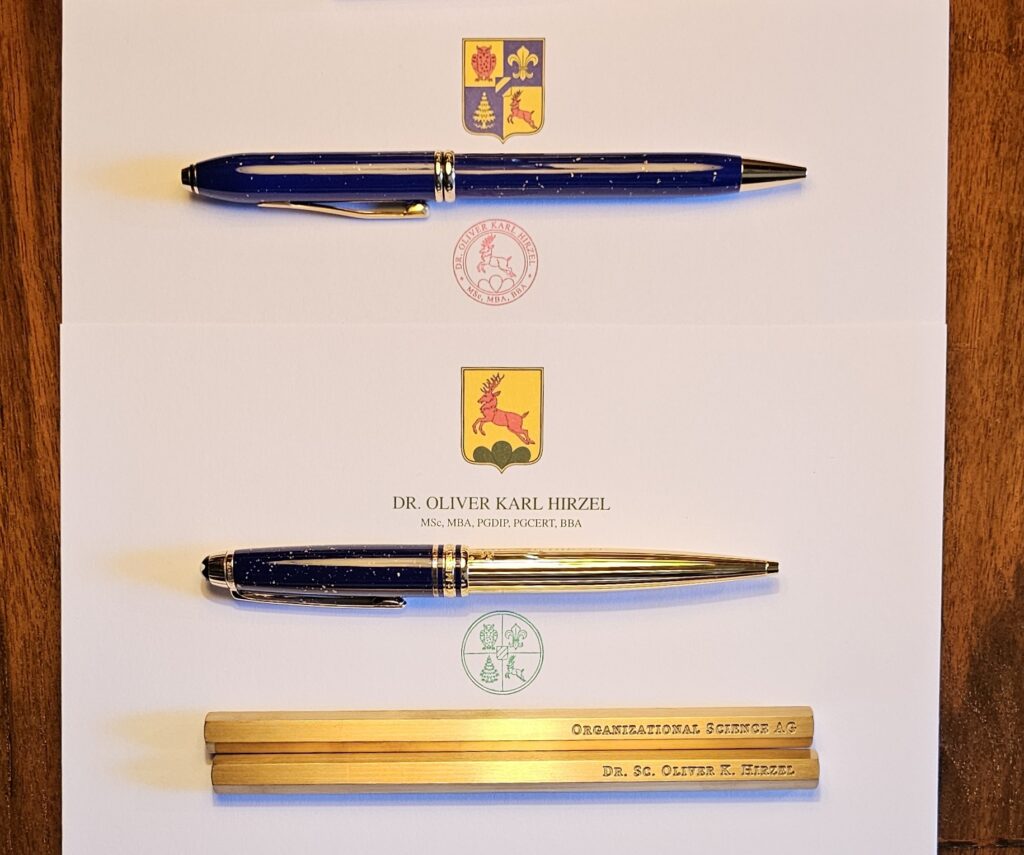
In what respect is your role different contrasted to a typical Coach or Consultant?
Our role is one of an outside advisor, tutor that accompanies and coaches corporate or private clients in a situation, phase or over longer time periods. In that frame we render suggestions spanning over a wide range of topics from tactics to strategy, organizational changes, structures, products and services provision and providers, crisis management and troubleshooting. Our advisory range, coverage is congruous with the needs of an individual and/or an organization. Our engagements are typically more specific, contrasted to more generic topics of coaches or consultants, be that in a sector, scientific, organizational and/or practical dimension. Our role differs, from typical service providers, in that our engagement does not end with a possible structural option, but with its implementation and fine tuning. Also, the involved topics, stakes and consequences tend to be of a more sizable and sensitive nature and magnitude. During a crisis with for instance regulatory aspects, it seems beneficial to have a third party, that is somewhat familiar with the industry and some of its topics and can approximate the possible results and related topics deriving from an event, and has as well the necessary emotional distance, contrasted to a complete industry stranger.

What are Organizational Structures?
The micro and macro architecture of an organization.
Structures determine, among other things, hierarchy, tall or flat that in turn impinge on the communication structure, internal and external conducts, culture and sub cultures, processes etc..
The overall structure dates back to the origins of an organization. It changed and adapted over time. Different structures coexist within organizations, making the organizational structures more complex.
Larger and older organizations are quite complex. Structures have a direct impact on costs, communication, innovation, collaboration among other things.
The right structure can bring about quality and efficiency, talent and innovation, resulting in profitability. Whereas the wrong structure can result in a self occupying exercise that goes from one organizational adjustment to the next, turning the organization sooner or later into a mad house, affecting staff, their families and the stakeholders at large.

Do you provide Organizational Restructurings, Management and Strategy Consulting?
Yes and no. Yes, we assist clients to develop a more befitting, suitable structure, be that one of higher rank, a modified one or both. We do not however produce exhaustive paperwork that a traditional Management or Strategy Consulting Firm tends to do. We endeavor to assist in the optimization of an organization’s structure, its positioning, and try to ensure that those are in tune with the companies DNA, its industry, clients and staff. Furthermore, we assist the client organization in an advisory capacity. We take the stance that the client knows its business and its clients better than an outsider. It is thus the pairing of external knowledge, to develop the right structures, suiting the specific internal characteristics of individual client organization, that we develop in collaboration with the clients.

Is changing an organization’s structure difficult?
No, but we like to point out that it can result in massive dysfunctionalties for a variety of reasons, if for instance an unsuitable structure is taken, or one is not implemented fully. Ending up, operating with the right, functioning and efficient one is theoretically simple. Contrasted with various examples of the industry, apparently rather difficult. Frequently talent escapes to quieter, less lively environments and both the new and old ways are practiced, leading to an undesirable added complexity and some notion of chaos and in the extreme to improvisation. Those, among an array of other derivates, tend to come along with some organizational changes.
Why do firms not simply tune their structures themselves instead of seeking your advice?
The adaptation and sensible modification of an organization’s structure, to its organization, industry and specific business activities, benefit by a skilled external party that accompanies this transformation from the outset. Often, this crucial aspect for the intended unfolding of a structure’s positive properties, is not optimally addressed. In some cases, companies blindly imitate other participants’ products and services and sometimes also their structure/s. Some new structures are untested and, at times, stemming even from other industries, and thus can hatch unforeseen consequences. We view a structural modification as a significant, organizational specific event. Only careful and organizational DNA aligned structural changes will produce consistent and desirable results. Should we detect a disconnect or possible incompatibilities to the organization with a structural change endeavor, we will air our reservations and suggest a more suitable alternative or resign our engagement.
We conceive our role as impulse providers and background moderators to a topic and industry we are close to. This is our distinguishing feature. We have a professional and an academic background, focusing on the financial services industry, organizational structures and change.

Structures are often changed and seem to play a part in businesses’ struggle or failure. Why is that so?
The structural design of a nations transport system for instance is not an overnight exercise. It grew over time and underwent tests and adopted required changes to the daily demands over centuries.

Such historically grown systems operate in older, larger firms in its background, for example IT systems, hierarchical layers, compensation, salary bands among many others. These invisible, salient elements run in the background of a firm and its corporate culture. Likewise, the national, age and gender culture, assumptions and subcultures and other variables, exert their salient influence on an organization. Copy pasting untested fashionable industry fads tends to come along with severe implications. If such then manage to surprise and exceed the risk appetite and budget seems only normal. That a whole organization, as a result of such an endeavor, can fail, seems extreme but regrettably quite logical. Many underlying concepts of such adventures are stemming from very different industries and are then applied in other countries and industries in an untested and seemingly trial and error fashion.
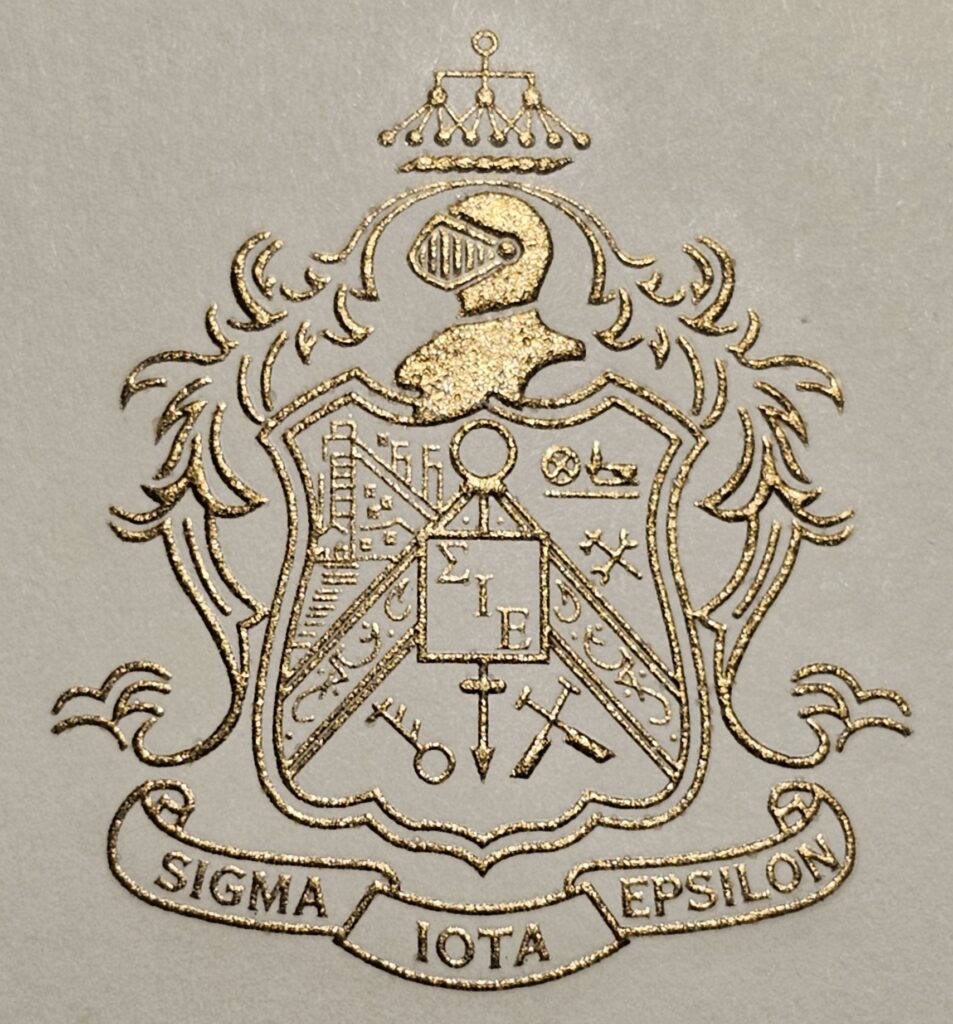
Why does the Financial Services Industry seems like a never ending construction site?
The Financial Services Industry is a fast paced environment that is also fiercely competitive, and its participants are exposed to associated changes that require adaptation. A failure, crisis in the industry or in a large participant, one of sufficient magnitude, serves as additional force for change, amplifying the need and speed of change. Such forces for change can have various origins and adaptations in return. The digitalization brought about structural changes, regulatory initiatives appear along such, simultaneously both reactively and proactively. These can vary and often take on multiple interpretations and forms in various countries. Shifts in client demographics constitute a further force for change. Micro and macroeconomic events, changes in demand as well as supply side also force participants to adapt, change, turning the industry into a truly sportive environment. The outside impression is just the tip of the iceberg. Participants, staff and associated service providers and other stakeholders experience the full force of these changes, outsiders perceive as lively.

What do you like in Tutoring, Coaching & Advisory?
Working or sorting out things jointly is an intensive, interactive process in which one gets to know the other quite well. The nature of this work often extends to the clients’ private and work environment, enriching the scope while providing a holistic vs. fragmented view. Leaving an imprint on an organization, which can be minute or more profound, is an additional rewarding element.
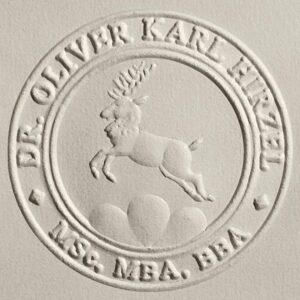
What do you dislike in Tutoring, Coaching & Advisory?
Naturally, tutoring can become a frustrating endeavour when due to a vast array of reasons a client cannot implement what we suggest. This is more frequent than one would imagine. Seeing after some time that with our suggestions things could have worked out, is on a repetitive basis not very rewarding.

Why are the fees so stiff?
Good things are not cheap. A 50 min unit rate, contrasted to the potential advisory, coaching, tutoring benefits to you, your career and your organization, is evident. Your immediate benefit is having a well versed person to turn to with a recognized and accomplished scientific background. With us, you access a worldwide network of various people and backgrounds, one thing we all share is timely results.
The potential benefits of a tutoring, coaching and advisory should offer a favourable return, should this not apply to you, you might want to consider suitable alternatives.
The tutoring, coaching and advisory offering is composed of scientific and professional education that consumed considerable time and resources. Your Tutor’s Doctor of Science dissertation, for example, is composed of over 84’245 words and 541 sources. Furthermore, it is also complemented with relevant professional experience from Asset and Wealth Management and Investment Banking. This relevant combination and background with the international experience and advisory, coaching and tutoring practice should result in a cultural fit, that will ideally result in a time efficient, relevant and cost and nerve saving tutoring.

How do I settle my Bills and cancel a Booking?
For the first tutoring unit, we require a non-refundable upfront payment at the beginning of the unit. The subsequent fees are due at the end of each tutoring unit. Following payment methods are accepted: EC / Maestro / Mastercard / Visa / Amex / Diners / Cash (No other cards are accepted). Please note that our card terminal will not generate a paper transaction confirmation. You can enter an email and the transaction confirmation will be sent to you.
Unexcused no shows will be charged at the full rate for the booked unit/s. A 24 hour prior notice that you will be unable to attend is expected.

Are you available outside Office Hours?
Yes, to existing clients upon prior agreement and notification at the set rate, of a minimum unit of 25 min. Most urgent matters can be conveyed over lunch time and towards the evening. Our peak hours are accordingly and can go well into the night. This service is also an additional feature that sets us apart from others.

How can I be certain that sensible information will not be disclosed?
Having routinely observed, basic breaches of professional conduct, violating client confidentiality as it would not exist. We can only assume that those individuals had a correlating childhood and schooling that made them think, leaking is a normal conduct. It is not. It is an act of betrayal with likely legal ramifications. If individuals can’t appreciate that they act against basic professional duties, what can you expect from such characters other than further acts of betrayal? In this dimension, our network will portray very little understanding.

We are very mindful of potential leaking and are known to behave with caution and act accordingly. We suggest that you keep our exchange strictly to yourself. Your tutoring is covered by the business secrecy act that binds your tutor to secrecy.

Professionalism demands integrity and reliability, these basics are the backbone of our business.

Having experienced countless restructurings and encountered even more Consultants, why should I engage with you?
Exactly because of our professional and scientific background, that should produce practicable suggestions, contrasted to other examples. Tutoring should have a personal, functional, divisional and organizational upside, and while you exercise caution, sound judgement and discretion there should be no downside. Some consultants tend to show up before all staff. This tutoring in contrast happens only with you and for your benefit and is available even at late hours to existing clients at the set rate.

Why is this Website in English?
It acts like a filter. If you understand it, chances are that this is for you. Nevertheless, your Tutor also speaks Swiss German and German. The vast majority of scientific journals are in English and so is the industry vocabulary, though the tutoring language can be in Swiss German.

Why are there no Pictures of you on the Web?
Privacy is important to us and should matter to you as well. It is noticeable that most service providers feel the urge of having multiple pictures of themselves on their web presence. We regard publicity as non beneficial to us and our clients for privileged interactions that are by nature confidential.
The chamber of commerce is bound by law to verify academic credentials prior to entering them in their records. Likewise, it has to identify people who have signatory provisions prior to entering and publishing them in their records.
How is Science relevant to the Financial Services Industry?
In Science, it would be considered unethical and unscientific to formulate a tweaked or tilted hypothesis, paired with the most suitable quantitative method to produce proof or disproof of a point, often multiple ones, supporting the same thing, the view of the author/s.

In the financial services industry, it is all about revenues. Both science and finance are metric driven fields and thus susceptible to wrong or manipulated data. In the financial services industry, numbers are seldom questioned and even less frequently validated. Therefore, distorted single or aggregate numbers sneak in and operate also in the finance industry. This is now and then reflected by Black Swan events like Enron, the ABS crisis, bailouts of some industry participants and even countries and might at the beginning start with an optimistic business plan that due to the topic gets a pass. Surprisingly, most participants still do not question nor sanitize individual numbers or aggregates of the system. Operating with unverified numbers is not an isolated but an industry wide phenomenon, even common practice.
Tutoring can suggest a multi method format that increases the chance of unveiling and picking up on tweaked figures.

With the numbers at stake and the massive spillovers, it seems not insensible to step up prudence to at least routinely verify internally and perhaps implement one or more levels of verification.
What is a Greek letter-, Honor Societies?
Greek letter honor societies are a tradition in North American universities. Greek letters are used to describe the aims of the honor societies its motto, and are depicted within a key. A Greek letter honor society can be of varying character: fraternal, social, professional, academic, discipline, or interdisciplinary. These usually work on an invitation-only basis and are open to candidates who meet certain criteria, such as good character, a certain minimum GPA, and a concentration in an academic discipline. Typically, the grade point average criteria are situated above a range of 3 to 3.8, resulting in a Swiss average grade of approximately 5 to 5.8.
There are several honor societies for students in colleges and universities, as well as societies for researchers in science. For instance, in Sigma Xi, the Scientific Research Honor Society, candidates are initially nominated and subsequently selected and elected. Only then will an invitation to a prospective member be extended. Honor societies offer their members helpful resources like current scientific information and other benefits. Membership in honor societies can be viewed as an indicator of academic performance based on scientific work skills and abilities. Like research abilities and advisory capabilities. Repetition of these ideally trained and framed the thinking of the member accordingly, as opposed to individuals who have never performed such tasks in a repetitive and sequenced fashion.
Greek letter honor societies are largely unknown here. A representative observed that Continental Europe typically does not identify itself with Greek scholars at large. The founding fathers of North America and its universities, in turn, did. Up to the present, Greek scholars’ works are salient elements within the value system of any tertiary graduate, whether entering the private or public sector or continuing in academia. Thus, in North America, this very value system operates in the background everywhere. Within academia, a bulge bracket player, the private and public sector, even in the armed services. We therefore regard Greek letter honor societies not just as a mark of distinction, but as a produce of a soil that portrays different qualities than ours.

What do you find noteworthy in the North American tertiary system?
That practically all classes after the 100 can be chosen freely. Most of the 200, 300, and 400 classes, whereby the first number stands for the applicable year of study. In Europe, practically everything is pre-defined, and practically nothing can be chosen after the study stream. Choice vs. no choice. 4 years of practically total freedom vs. 3 years of practically no freedom. The freedom of choice coin has its negative utility on its backside, a wrong choice will have a negative outcome. Freedom can trigger a sudden interest in a topic that might turn into a captivating fascination, and one can go deeper and wider into that subject area. As a class is chosen by oneself, one is suddenly free while learning not to lose focus of the general direction and to manage the responsibility for the respective choice(s) in classes and ultimately the grades.
This freedom of choice is not by chance but by intent, leaning in large parts on Aristotle’s theory of education. It is designed to awaken individuals’ talents and bring out the full potential of a student, while at the same time, it is a purely metric-, results-driven system. Grades then lead to natural selection. Your options are wide, or you have few. The majority of the previous choices were made by the student and his ability to produce results. The fact that the GPA is not an average grade but a weighted one is also noteworthy. The grades of the first classes and years carry more weight than the ones of the fourth year. If an undergraduate wishes to continue, a GPA of about a 3, about a Swiss 5, will not be sufficient to be considered for admission into graduate school at an Ivy League university, but a GPA of about a 3.8, about a Swiss 5.8. The system of freedom, while perceived as pleasant in the choice dimension, will be absolutely metric in the result dimension and, in contrast to our system, quite ruthless.
Another observation is that the syllabi of the North American system can practically substitute for the entire class. One page. If followed to the letter, the midterm and final exams should result in the maximum points, excluding the attendance requirements, group work, presentations, and other typical class participation requirements. Those blueprints reflect the lectures’ ability to formulate clearly, with impressive precision and subject matter focus, what is expected, when and how, and with what materials. In Continental Europe, we have not encountered such concise and precise syllabi, and if we did, it was a rare exception to the norm.
In sum, there are vast differences in the underlying value systems at work and, as a consequence, differing outcomes. Whether these are good or bad, they are distinctly different. The results are also not uniform compared to a Continental European norm. In one system, courses are predominantly influenced by the students’ individual choices vs. the prescribed curriculum of the respective university. The takeaway from the above would be that a North American universities’ graduate might, in contrast to a Continental European one, possess in a particular subject area uncommon, deep, and wide knowledge. The measurement method used in North America is also utilized later in life, in both private and public sectors. A Captain in the Navy, for example, will not automatically be promoted to a flag officer rank or an admiral rank, but like the GPA, they will be chosen from a pool of others and compared to the others merits. Tuning out these distinctly different details, results, and philosophical roots is unadvisable since we do consume literature, products and services from North American providers.

Why are you located opposite the Swiss National Bank in Zurich?
The physical proximity of the location is deliberate since its of mutual relevance, both to the world of Science and Finance. The domicile is in a professionally run, upmarket, office firm that offers private, discreet and amiable meeting rooms. We normally meet the first time there and the following times according to your preference. It is not uncommon that some of our clients prefer a walk to an office.

What will the critical developments of organizations be?
To master change and having products and services that enjoy a solid demand and that are difficult to imitate. To be able to produce such, organizations need to be able to attract and retain talent. Changes that AI will enforce on industries, organizations, structures, down to tasks and duties benefit greatly by a talented workforce. By providing a stimulating, rewarding experience, organizations will differentiate themselves positively. Internally, a change facilitating culture and organization ensure timely and accurate actions. We attempt to design organizational structures that cater for innovation and responsiveness, that adjust to the future and to face and address a crisis as any other event.
What is the Name of the Place of your Websites Pictures?
Can one have a Weekend retreat there?
With existing clients, yes.

Clients’ Duty
It is your duty and responsibility to assess, approximate and envisage the possible outcomes and derivatives of applying and implementing any rendered suggestions. Your Tutor, Coach and Advisor explicitly excludes any liability arising from following or not following any suggestions and/or self modified and improvised ways and particularly for all possible negative results.

Organizational Science AG
Börsenstrasse 18
CH-8001 Zürich
Switzerland
H: Monday-Friday: 8 am to 6 pm
P: +41 (0)44 252 43 43
F: +41 (0)44 252 43 44
Email: frontdesk@orgsc.ch

